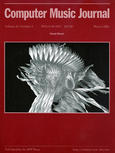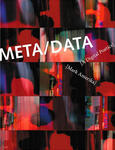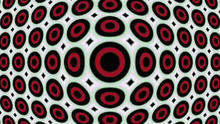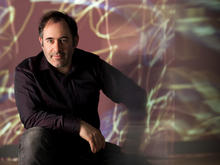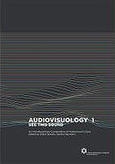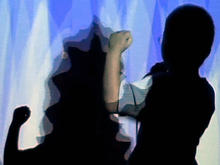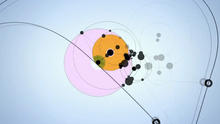Reza Ali
is a designer/ technologist/ hybrid who is interested in everything from design to biology to art.
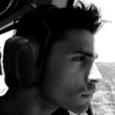
Reza Ali is currently a masters student in the Media Arts and Technology department at the University of California, Santa Barbara. Previously he graduated from Rensselaer Polytechnic Institute with two B.S. (One in Mechanical and Electrical Engineering, and minors in Electronic Art and Product Design).
Reza Ali is interested in human computer interaction (interaction design), architecture/ product design, software, mobile technology/ hacking, generative visuals, algorithmic art, data visualization, audio-visual interactive immersive environments, new media tools for DJs/ VJs/ Performers, Trans-Architecture, photography, graphic design, user interfaces, electronics, 3D animation, modeling, rendering and scripting. His end goals are to create content and interactive controllers for multimedia performance systems, to create new and fun models of interaction, to create form/ visuals/ sounds though algorithmic processes, to create real-time computer graphics for virtual worlds, and to explore the realm of science and mathematics to make complex phenomena understandable and intuitive.
Source: Reza Ali's website

